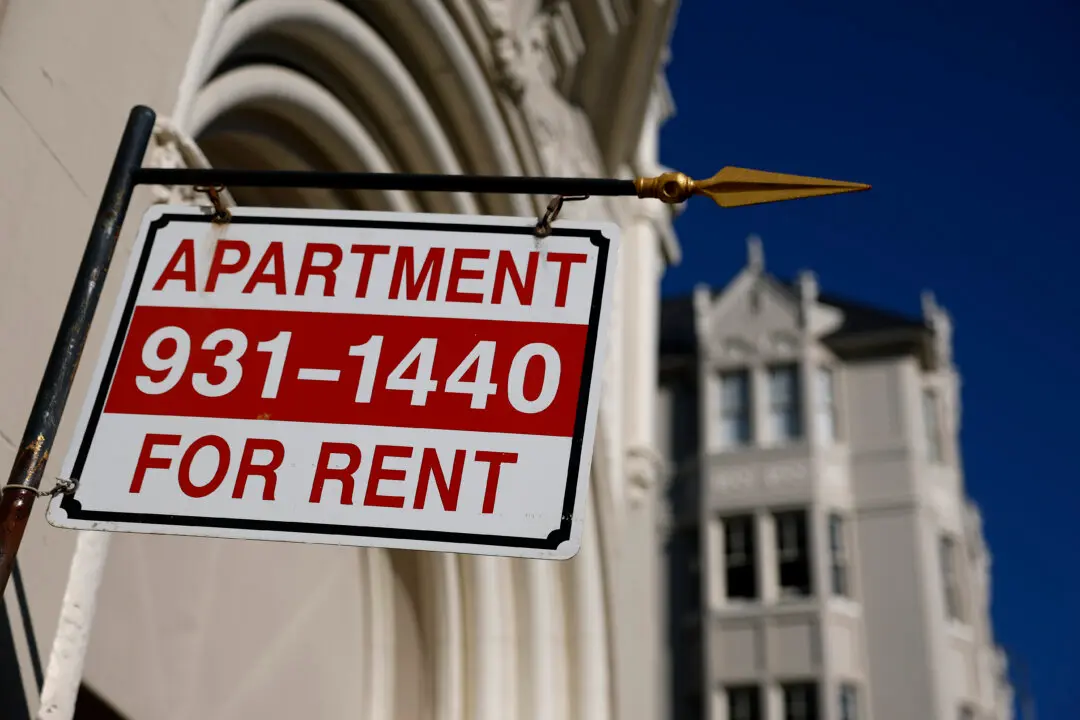Commentary
The outlines of the next round of economic crisis are becoming ever more clear. There will be pockets of thriving, but it won’t be in the United States’ once-great cities such as New York, Chicago, San Francisco, Seattle, and Portland. Those cities are being pounded by a terrifying combination of factors, including high commercial rents, high prices, high crime, high interest rates, high taxes, long commutes, slow growth, and a growing refugee crisis.





